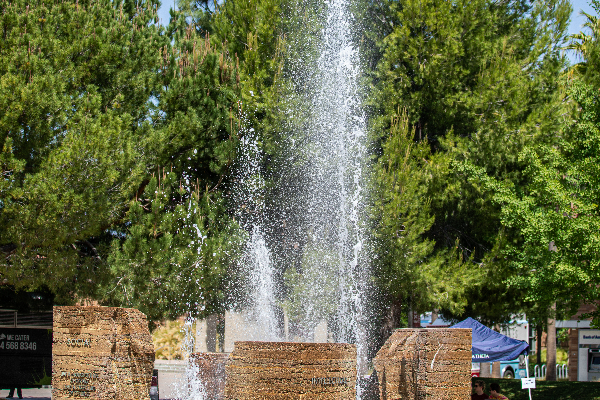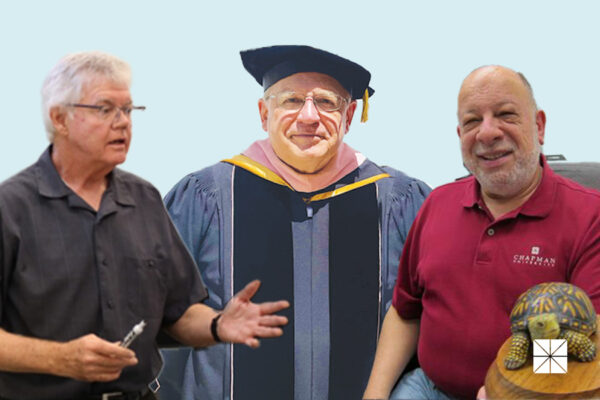Water “is probably one of the hottest topics and yet one of the least understood issues affecting Californians, now more than ever,” according to Chapman University Professor Lisa Sparks.
On Sept. 15, Sparks – former dean of Chapman’s School of Communication – offered Chapman as a place to continue the sometimes contentious discussion about water supply in California. She organized the Water Abundance Conference at Chapman, hosting current and former water district board members, public officials and others.
A few speakers emphasized the term “efficiency” over “conservation.” According to water expert Amy Vickers, water conservation is reduction in water loss, waste or use, while water efficiency is minimizing the amount of water used to accomplish a task.
Chapman professor Tom Piechota, who studies the effects of climate change on water supply, said there is no quick fix to California’s water situation.
“We have to look at infrastructure, we have to look at conservation, we have to look at management. There are multiple pieces to this and I think a lot of people have to be involved in this,” said Piechota, who plans to teach a class in spring on water in the western United States.
He said technology and young people like his students can provide tools and solutions.
“You can zoom in to a golf course and say, how much water does a golf course really need?” he said. “A high school student wanted to work with me this past summer … He (digitally) mapped every single golf course in Orange County – how much water do they use and how much might they save if they reduced down their turf by 10 percent or 20 percent. And it gives you a perspective when you look at that water, it turns out it’s not really a lot of water in the bigger scheme of things.”
Piechota, who teaches in Fowler School of Engineering and Schmid College of Science and Technology, said that kind of technology lets users “manage their water and know how much they should be using, but also give the broader public an understanding of how water is used.”
He gave another example of Forecast-Informed Reservoir Operations (FIRO), which uses weather and water supply forecasting to inform reservoir management.
“(It’s) based on forecasts that are coming in and allows for efficiencies with how much water they are holding back into those reservoirs,” he said. “And yeah, those aren’t huge amounts of water. But as you implement those types of measures and additional reservoirs around the state, that adds up. It doesn’t involve billions of dollars to build new reservoirs. So you’re going to be seeing more of that.”
He noted that the climate is more “excited” than it was 50 years ago.
“You will see more extremes or extreme dry periods, potentially more wet periods, too. And that has implications in terms of how you manage water.”
“I’ve talked to water managers around the west. That was one of the things that consistently came up in terms of what they’re concerned about — how do you manage a future that’s more uncertain?” he said.
Piechota said his students are passionate about water issues.
“We’re thinking about what it’s going to look like for them to have a future where they have clean water, secure water,” he said. “A lot of the workforce is leaving the sector and I want students going into the sector and being part of those solutions.”
See the full list of topics and speakers at Water Abundance Conference | School of Communication | Chapman University




